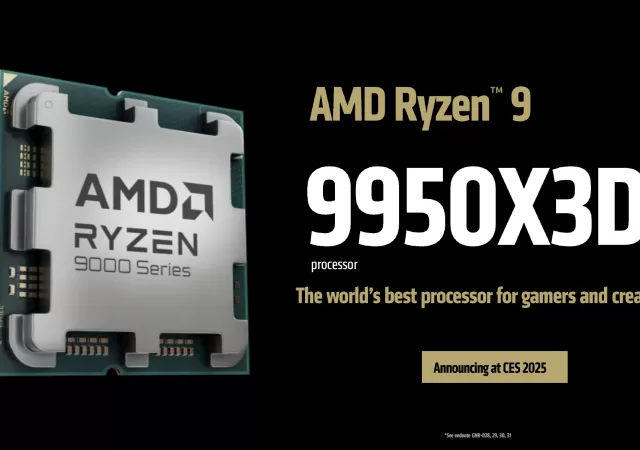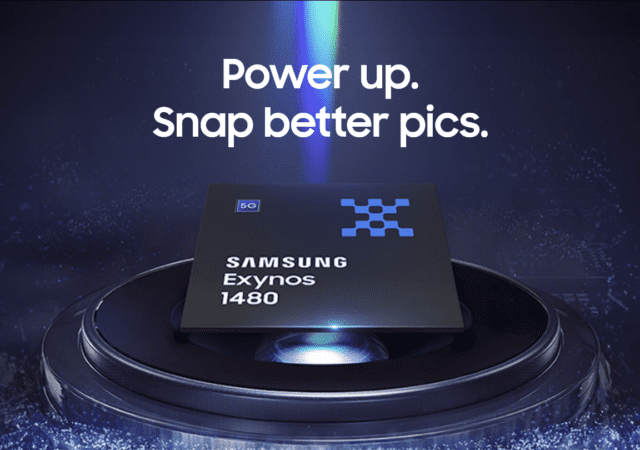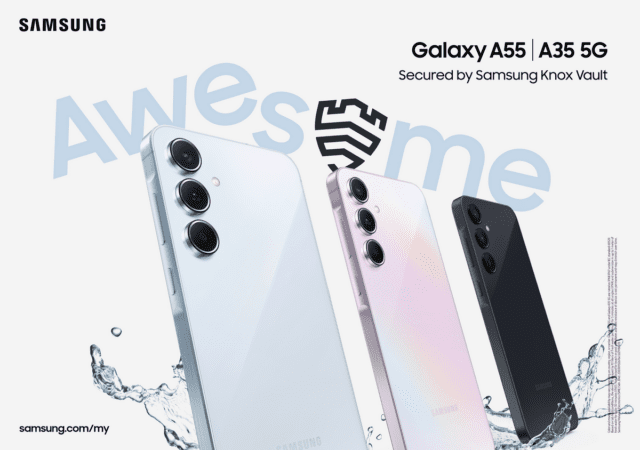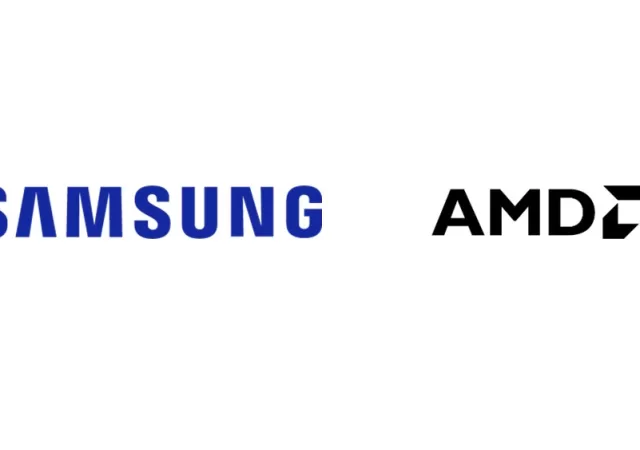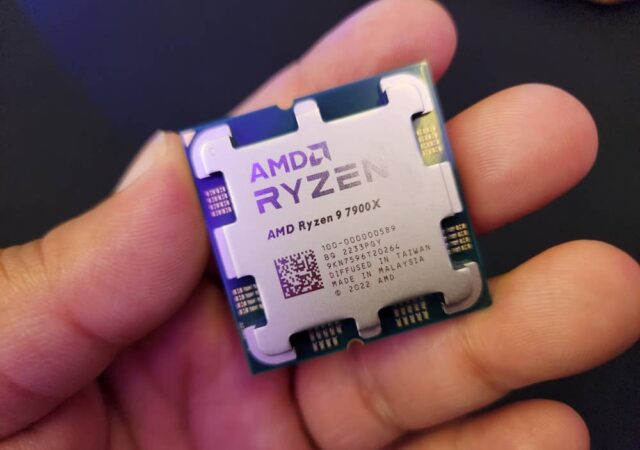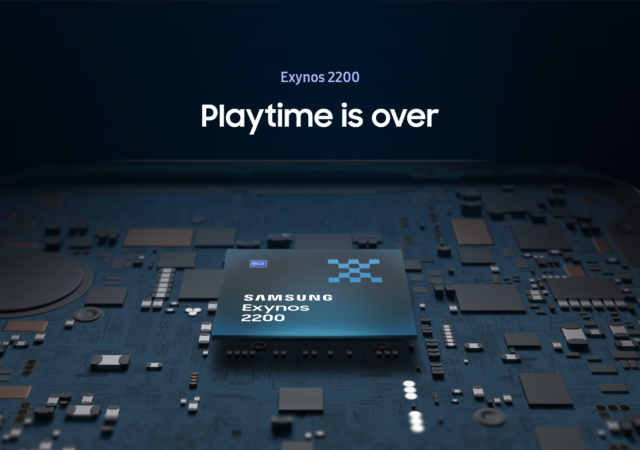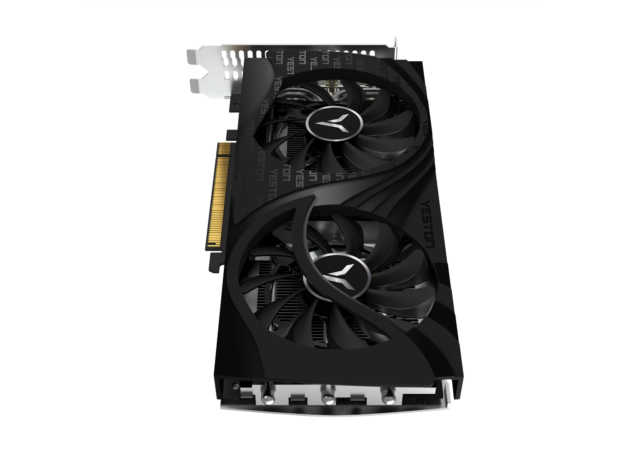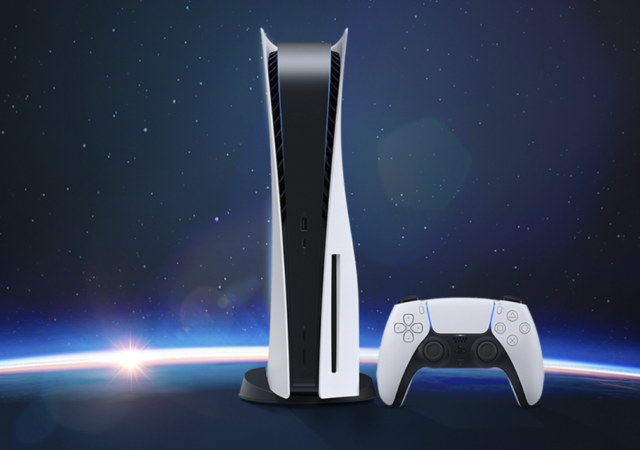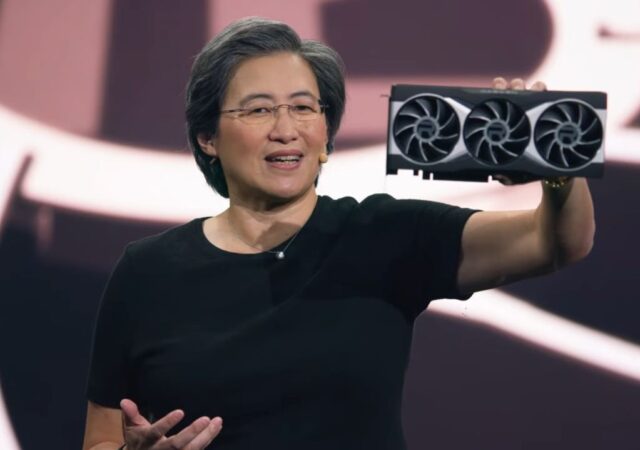AMD brings its X3D technology to its Ryzen 9000 series with the new Ryzen 9950X3D featuring the company’s 3D V-Cache technology.
Samsung Details the Exynos 1480 Used in the Galaxy A55
Samsung finally unveils the details behind the Exynos 1480 processor which launched with the recently launched Galaxy A55.
Samsung Galaxy A Series Released with Knox Vault
Samsung announces the new Galaxy A series with the Galaxy A55 and Galaxy A35 that come with Knox Vault for better data security.
Samsung and AMD Extends Strategic IP Licensing Agreement – Maybe That New Exynos is Worth a Look After All
Samsung and AMD extends their partnership for the integration of AMD Radeon graphics technology into other portfolios including Exynos
AMD Ryzen 7000 Series Processors Now Available in Retail
AMD’s new Ryzen 7000 series is now available in stores. The new Zen 4 touting CPUs are priced from MYR1,399.
Samsung’s AMD RDNA 2 Equipped Exynos 2200 is Official
Samsung officially announces its first Exynos SoC capable of Ray Tracing and Variable Rate Shading thanks to AMD’s RDNA2 technology.
AMD Announces the Radeon RX 6600 XT – Fast, Smooth, Responsive 1080p Gaming
AMD announces the new Radeon RX 6600 XT GPU made for the best possible 1080po Full HD gaming at a reasonable price.
Tech & Tonic Special with Paige Shi of AMD
AMD has been on a roll with a multitude of releases and powerful innovations that are changing the landscape of the semiconductor industry. AMD is a company that has made its bets 5 years ago in high-performance computing and is…
PlayStation 5 Cheat Sheet: Everything You Need To Know About Sony’s New Console
Sony’s PlayStation 5 is making it’s debut! Here’s everything you need to know about the AMD powered next generation console.
AMD’s Big Navi Launches! The RX 6000 Takes on the World!
AMD launches their latest Radeon RX 6000 “Big Navi” series GPUs with RDNA 2 architecture with the RX 6900 XT, RX 6800 XT and RX 6800.



